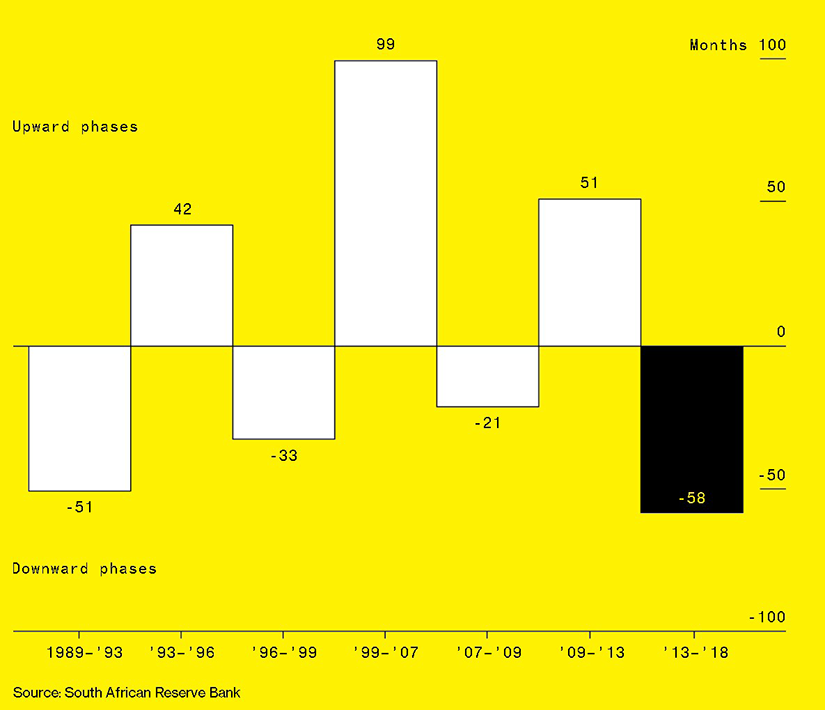Markets
Stocks
The S&P 500 gained or lost at least 2 percent 16 days this year, the most since 2011.

Treasuries
As the U.S. central bank raised short-term rates, the yield curve flattened and partially inverted in what some analysts view as a sign of impending recession.
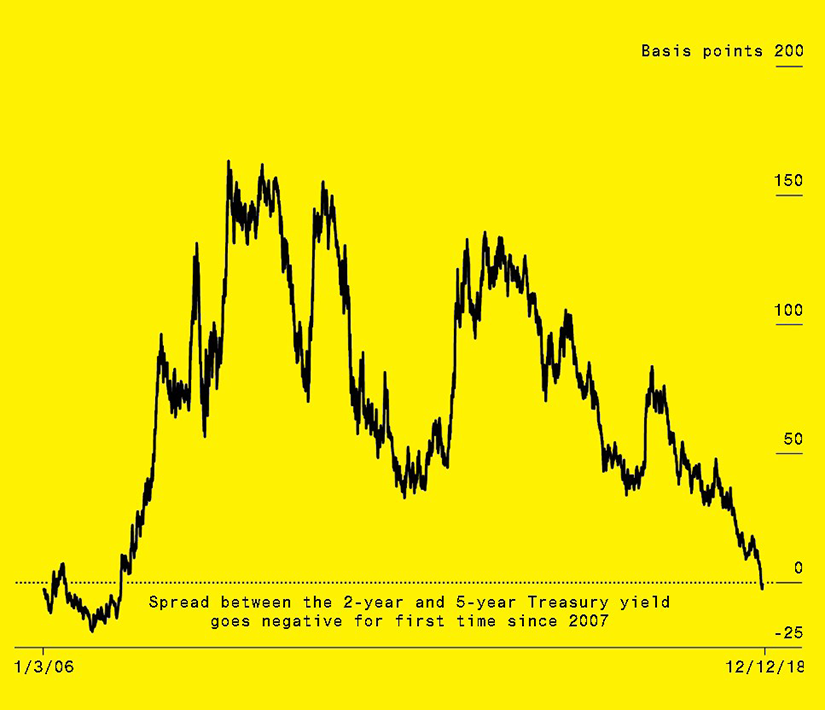
Currencies
The Argentine peso was the worst-performing among major currencies, losing about half its value.
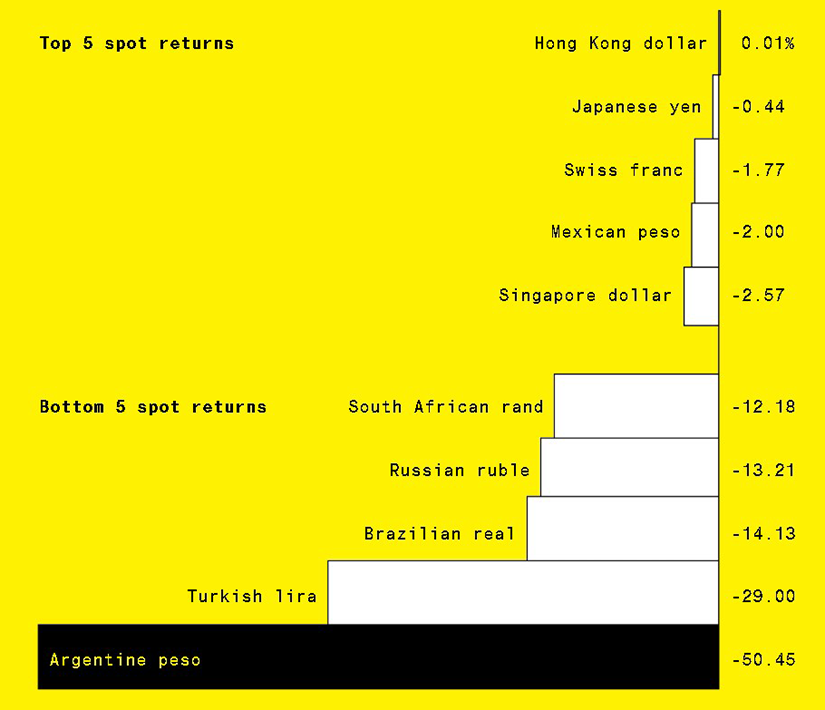
Natural gas
After a slow climb for most of the year, natural gas surged 41 percent in November on concern about colder-than-expected temperatures and low supply. Prices rapidly reversed in early December, leaving some traders with losses.

Bitcoin
Bitcoin fell back to Earth. The original cryptocurrency plunged below $3,500 from a January high above $16,700. The volume of initial coin offerings also peaked.

Billionaires
It was a volatile year for big tech fortunes in the U.S. and China. Amazon.com Inc.’s founder and chief executive officer had the best year by far, while Facebook Inc.’s wasn’t so lucky.

Global
Tariffs
The U.S. launched the first salvo over the summer, placing tariffs on about $50 billion in Chinese imports. China quickly
responded with its own taxes on American goods, and so it went. The value of goods with additional tariffs imposed on them by the two nations now stands at $360 billion.

Global GDP
Venezuela’s economy shrank the most, while Libya’s grew the fastest, according to IMF estimates.

Global debt
The world’s debt has more than doubled from 15 years earlier, largely fueled by government and corporate borrowing.
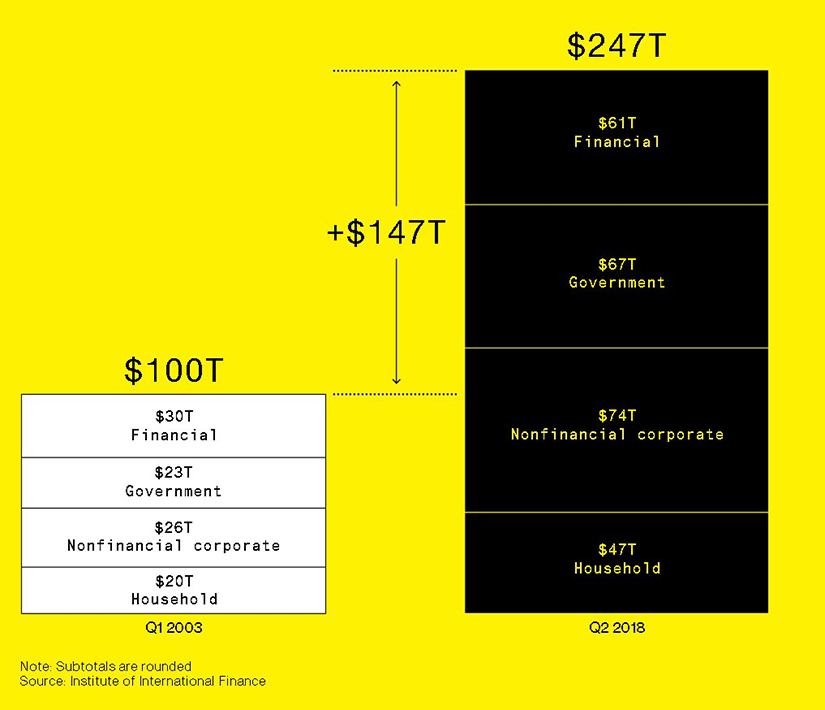
Interest rates
The U.S., South Korea and Indonesia tightened monetary policy, while Japan, China and the euro zone stood pat.
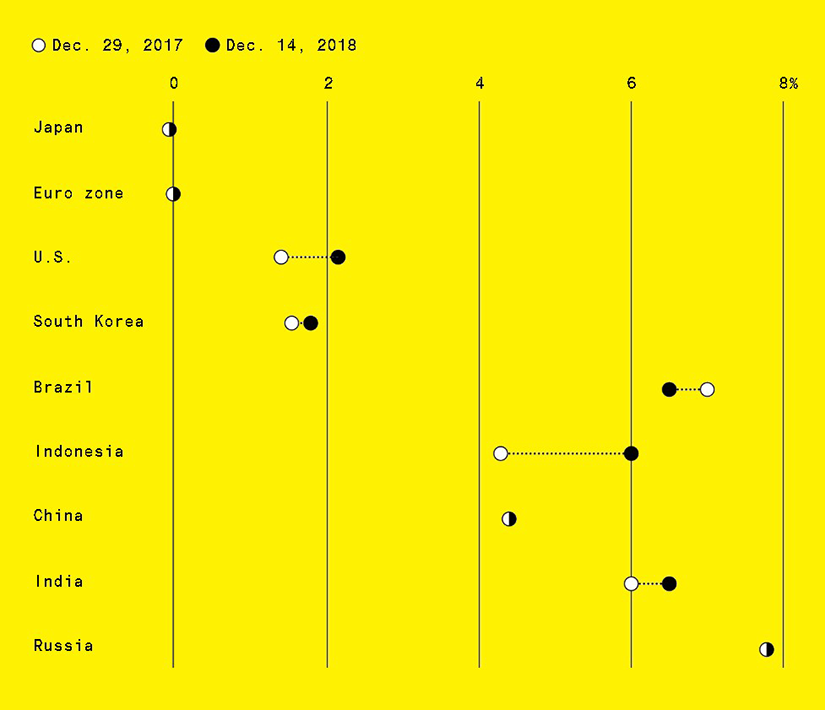
Mature Economies
Australia and debt
In Australia, the ratio of household debt to disposable income rose to 191 percent.

Japan and dementia
In Japan, researchers estimate the assets of people with dementia could be equivalent to one-quarter of GDP.
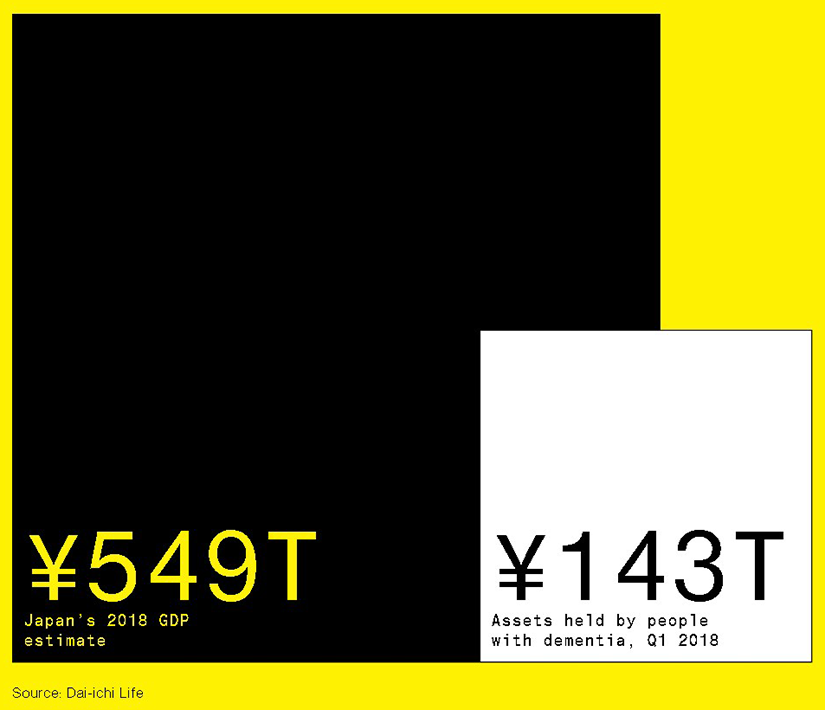
U.S. quit rate
American workers gained some power. The share of U.S. workers quitting their jobs rose to 2.4 percent in July, the highest since 2001.
The rate ticked back down to 2.3 percent in October.

Developing Economies
China HNA
Megacorporations in China are selling off assets to curb their debt levels. HNA Group has sold about $20 billion in assets around the world this year.

U.S. Treasury holdings by Russia
Once a top 10 holder of U.S. government debt, Russia reduced its holdings of Treasuries to less than $15 billion from about $100 billion.

Argentina’s bailout
The International Monetary Fund approved a $57.1 billion credit line for Argentina, boosting a deal agreed upon in June, to address the country’s recession and plunging currency. In November the IMF projected that a recovery would start in the second quarter of 2019.

Venezuela’s inflation
Venezuela’s overall 2018 inflation rate is estimated to be 1.37 million percent, according to the IMF. The price of a cup of coffee, however, has risen “only” about 200,000 percent from a year ago. The IMF predicts that by 2023, the country’s inflation will reach 10 million percent.

South Africa’s slump
South Africa’s business cycle downturn became its longest ever.
